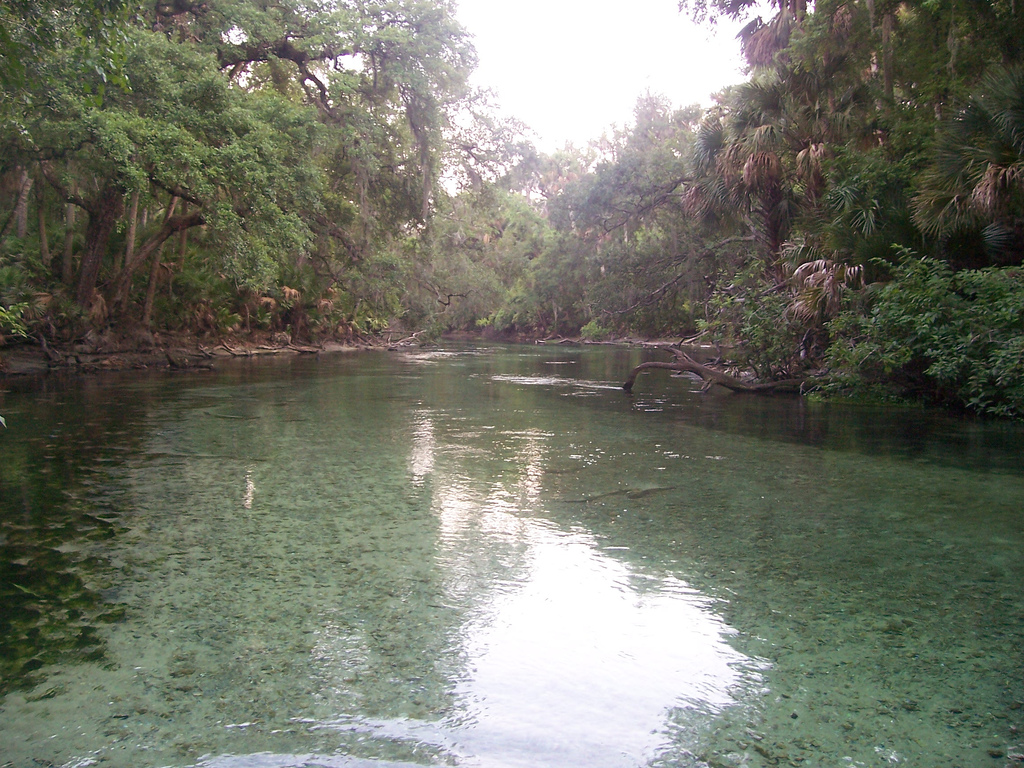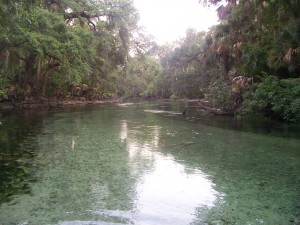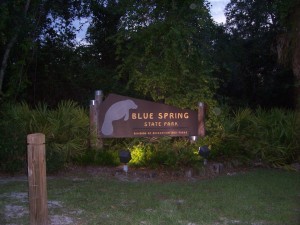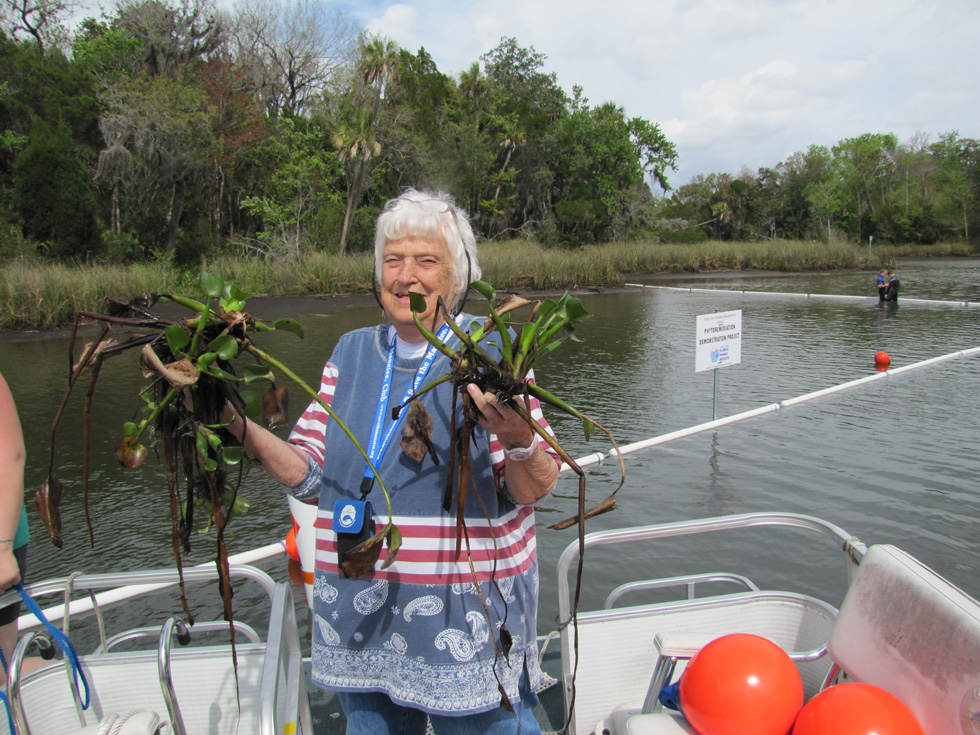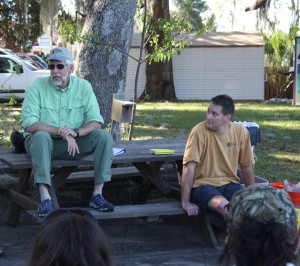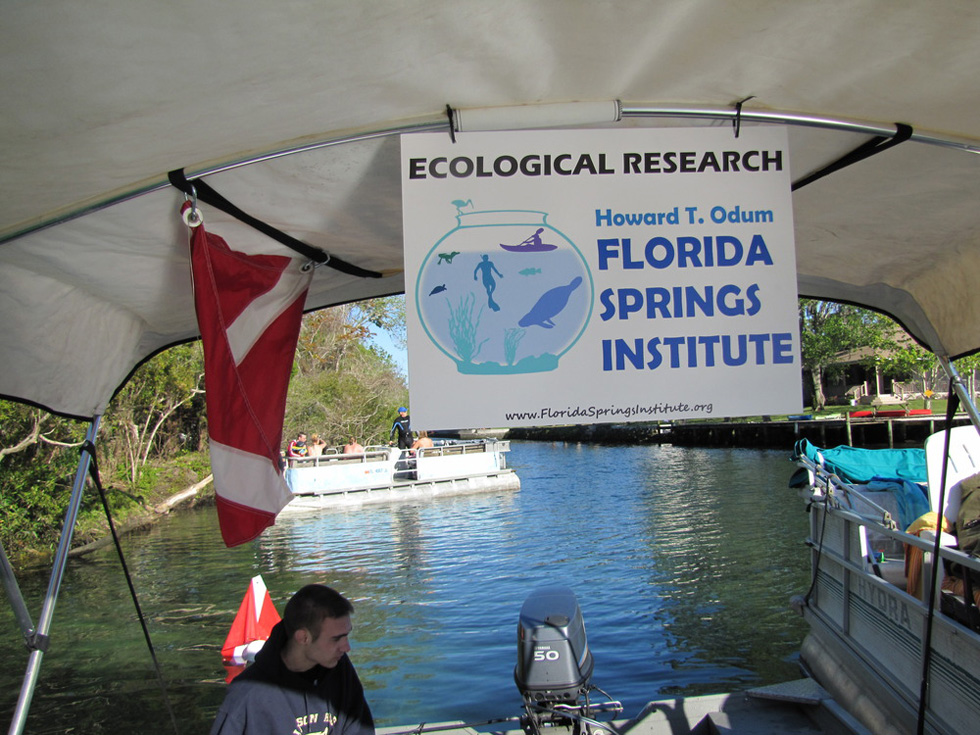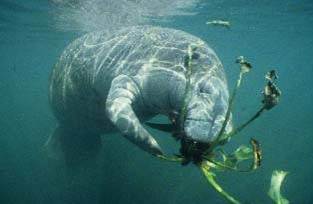In Volusia County, Blue Spring glistens under the warm Florida sunshine as it provides a home to various wildlife, a first magnitude spring and the only east coast winter refuge for West Indian manatees. With a minimal flow regime in place, the spring is able to maintain sustainable levels without water districts dipping into the resource beyond the set consumption for public use. A number which decreases each year.
Because of this, the manatees are able to have their own winter home without worrying if a full, clean spring will be around next year.
While many riverbeds and springs of Florida are either on their way to drying up because of drought or over-used resources, some bodies of water are able to maintain their natural composure because of implemented standards. Blue Spring is one of 35 designated bodies of water, made up of springs and lakes, which follows a minimal flow level by the St. Johns River Water Management District.
While there are multiple Blue Springs in Florida, this particular Blue Spring is located in Orange City, about 30 miles northeast of Orlando. It is the largest spring on the St. Johns River, according to the St. Johns Water Management website. It’s a first magnitude spring at an average flow of 65 million gallons of water a day. A first magnitude spring is defined as “discharging an average of 100 cubic feet of water per second or more,” according to the Florida Department of Environmental Protection.
The Blue Spring minimal flow regime has kept the wildlife and the natural flow of the river to a natural and average level as compared to other springs along the St. Johns River. After more than a decade of working groups and studies, Blue Spring was designated as a minimal flow regime spring in 2006.
Minimal Flow Levels
A minimal flow regime is a standard by which water cannot be drawn out of a water body to a certain point. That designated level has incremental changes set for years down the road to use less and less water, according to Scott Laidlaw, a senior hydrologist with the St. Johns River Water Management District. Blue Spring is the only spring using the minimal flow regime in Volusia County, and to Laidlaw’s knowledge the only Florida spring that has ever used that.
Originally, Laidlaw said, when minimal flow level plans went into play, scientists were unsure of how to spread out it the placement. It was unpractical to make a mandate for hundreds of water bodies—focusing less on very small bodies that wouldn’t be effected as much and more so on those at risk or close to developed areas, he explained—so only a handful were.
The more common conservation method is called minimal flow level or MFL. According to the South Florida Water Management District, a minimal flow level prevents harm to the springs. It sets a standard that only allows for a certain amount of water to be taken out of the water supply by the water management district. If the levels decrease below that set limit, which has been determined by scientists and hydrologist, a significant amount of damage will occur like loss of wildlife and the destruction of the ecosystems that revolve around the water supply. The water bodies were chosen by size, how close they were to populated areas and if each body of water had an increased chance of being destroyed. Because of this, the spring has not seen the issues like dangerously low levels and habitat destruction like other springs and lakes where water is taken by other water districts across the state.
Manatees
Laidlaw thinks another reason Blue Spring was chosen to be a MFR spring is because of the manatee population.
From late November through early March, Blue Spring is home to the endangered West Indian Manatee. According to the Save the Manatee website, a non-profit organization that educates about protection of the sea mammals, the spring is the only east coast inland habitat for the manatees during the colder winter months. Year-round, the spring stays around 73 degrees, five degrees warmer than the potentially life-threatening water temperatures of 68 degrees and colder for the manatees.
He said because they are an endangered species, and are well recognized, the MFR insures that no matter how much development may occur around the area, the habitat will still be intact for the large, water mammals.
